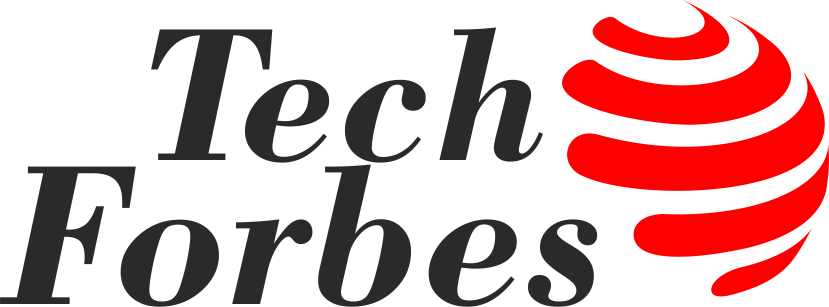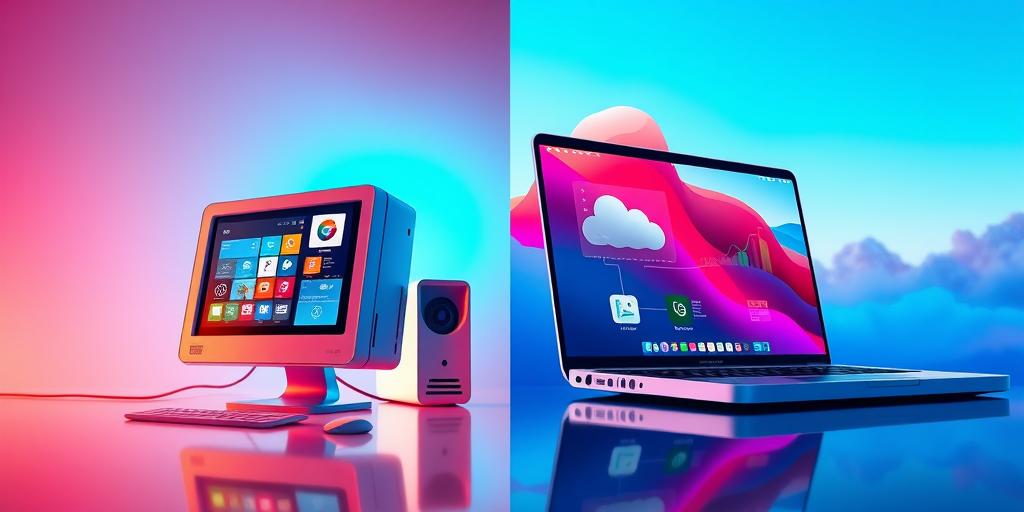Did you ever wonder about the massive shift from clunky desktop software to the sleek, cloud-based SaaS solutions we rely on today? It’s a story of technological evolution, punctuated by moments of frustration, innovation, and ultimately, a profound change in how we work. This journey from desktop software to SaaS is a fascinating one, full of unexpected twists and turns, so let’s dive in and uncover the secrets behind this digital revolution.
The Rise of Desktop Software: A Look Back
Remember the days of bulky CD-ROMs and the agonizingly slow installation processes? For many, desktop software was synonymous with productivity. Programs like Microsoft Office, Photoshop, and countless specialized applications ruled the roost. But this landscape was far from perfect. Updates were painful, compatibility issues were rife, and the total cost of ownership (TCO) could be surprisingly high, especially when factoring in hardware upgrades, software licenses, and IT support. This expensive legacy of on-premise software and infrastructure paved the way for a significant change.
Limitations of Desktop Software
The limitations of desktop software were clear: software licenses were expensive and limited, updates required dedicated IT staff or complicated processes, and the software could only be accessed on the computer where it was installed. These limitations made collaboration difficult and expensive, and prevented efficient scaling of software usage and productivity.
The SaaS Revolution: Cloud-Based Solutions
The advent of SaaS (Software as a Service) marked a fundamental paradigm shift. Suddenly, software was accessible anytime, anywhere, from any device with an internet connection. This accessibility revolutionized collaboration, allowing teams to work together seamlessly on shared projects. The cloud’s scalability meant that businesses could easily adapt their software needs to match their growth without the need for extensive infrastructural upgrades. Gone were the days of expensive and complicated installation and updates; these were now managed by the service provider.
Benefits of SaaS
SaaS solutions offer numerous advantages over traditional desktop software. These include reduced upfront costs, automatic updates, accessibility from anywhere, improved collaboration, and increased scalability. The pay-as-you-go model of most SaaS applications makes it incredibly attractive for startups and rapidly growing businesses, removing the significant financial barriers to entry present with traditional desktop software. The ease of access also increases employee productivity and satisfaction, making SaaS a highly efficient choice.
Desktop vs SaaS: Key Differences and Considerations
The choice between desktop software and SaaS depends largely on the specific needs and resources of the individual or organization. Desktop software may be preferable for users requiring very specific and highly customized features, and where network stability and security are major concerns. However, for many, the benefits of cloud-based SaaS solutions vastly outweigh the potential drawbacks.
Comparing Cost and Functionality
One of the most significant differences lies in cost. Desktop software typically involves a large upfront purchase, followed by ongoing maintenance and update costs. SaaS, on the other hand, uses a subscription model which can make budgeting more predictable, but may become more expensive long term, depending on usage and feature requirements. Functionality is another key area of comparison; SaaS products might sometimes have fewer customization options compared to desktop equivalents, but their flexibility and ease of use often make up for this difference.
The Future of Software: Hybrid Models and Beyond
The future of software likely involves a blend of traditional and cloud-based approaches – a hybrid model combining the advantages of both worlds. The increasing sophistication of cloud technologies and the growing demand for seamless integration will continue to drive this transition. As the digital landscape continues to evolve, we can expect even more innovative software solutions, enhancing productivity and shaping the way we live and work.
Trends to Watch
Keep an eye out for these trends in the software world: the rise of AI-powered software, increased emphasis on security and data privacy, the expansion of hybrid cloud models, and the continued refinement of user experience design. These factors will continue to improve the usability and efficiency of both desktop software and SaaS applications.
Embarking on this transition from desktop software to SaaS can be a daunting task, but with careful planning and the right support, it can prove to be a highly rewarding experience. Make the switch today and experience the power of the cloud!

